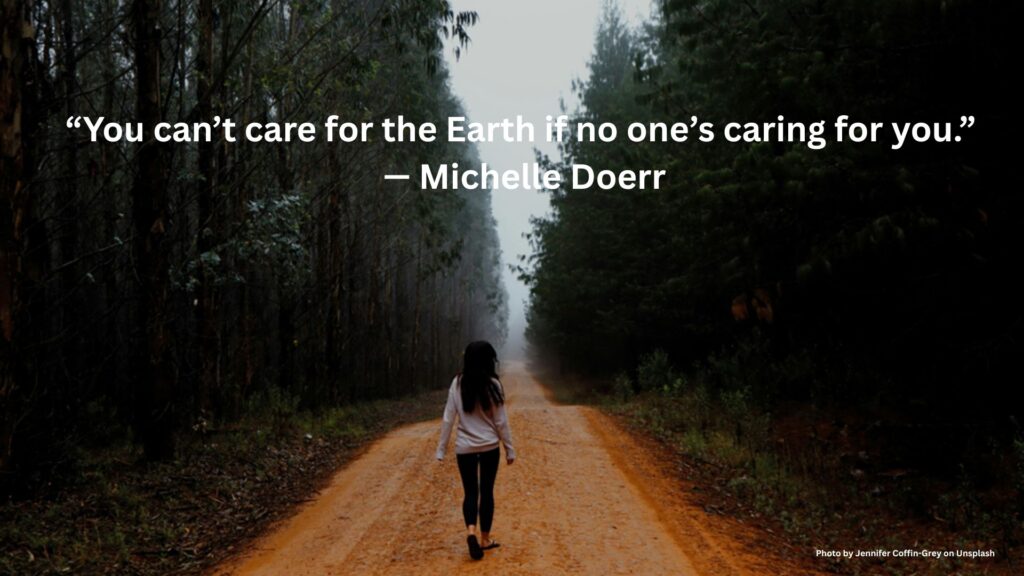🔥 Conservation Leadership Is Burning Out—Here’s Why It Matters

When I was in college—more years ago than I care to count—I didn’t worry much about the future. The path felt hopeful. The conservation jobs were there. The work ahead felt bright.
But now, the emotional tone of the conservation workforce has shifted dramatically.
From undergraduates to agency leaders, I hear the same themes:
- Burnout.
- Disconnection.
- Disillusionment.
- Grief for a changing planet.
Coral bleaching. Megafires. Floods. Mass species decline.
And still, we expect our teams to keep going, without space to feel, grieve, or even catch their breath.
Emotional Support Isn’t a Perk—It’s the Most Urgent Workplace Gap
In a recent poll I conducted on LinkedIn, nearly 60% of conservation professionals said the most significant gap in their preparation for today’s challenges is:
Emotional support and team care.
Not communication, technical training or leadership development. CARE!
That’s a loud signal from the field, and it’s consistent with what I’ve seen in hundreds of workshops and coaching sessions.
What the Data Reveals About Emotional Strain—and What Leaders Must Do
In my whitepaper, Building Capacity, Creating Momentum, we surveyed hundreds of conservation professionals. Here’s what they told us:
- 65% cited overwork and understaffing as top stressors.
- 30% reported eco-anxiety, grief, or emotional fatigue.
- 57% reported struggling to disconnect or take meaningful time off.
- 32% described their workplace culture as toxic.
These numbers are more than statistics. They represent real people who are doing vital work and silently suffering.
Why Emotional Intelligence Isn’t Enough—We Need Emotional Inclusion
We’ve been teaching emotional intelligence in leadership programs for years. However, most of it remains at the cognitive level—a surface-level skill set that doesn’t reach the depth required.
It’s one thing to label emotions. It’s another to welcome them as valid, informative, and necessary.
Conservation professionals aren’t just craving techniques. They crave a bodily sense of support. They need spaces where their grief, anger, and fear aren’t “managed”—they’re witnessed, respected, and allowed.
That requires a new kind of leadership—emotionally inclusive, trauma-aware, and human-centered.
Why Emotional Support Is Strategic—Not Soft
Still think emotional inclusion is “soft”? Think again. Emotional support is what keeps people in the work. It’s what enables collaboration. It allows for ethical leadership.
Emotional inclusion prevents burnout, strengthens retention and improves innovation. Teams that feel emotionally supported are:
- More creative
- More loyal
- Better at managing conflict
- More resilient in the face of ecological trauma
A Call to Conservation Leaders: It’s Time to Rebuild Culture
If you’re a team lead, program manager, or agency executive, ask yourself:
- What spaces exist for your team to express emotion safely?
- How is emotional wellness treated: as optional or essential?
- Are your leadership, wellness, or DEI efforts rooted in genuine care?
Because what people need right now isn’t more productivity hacks. They need permission to be human, especially in the face of a planetary crisis.
📗 Request your free copy of Building Capacity, Creating Momentum: A Guide for Conservation Teams
This whitepaper includes:
- Survey data from real conservation professionals
- Insights on eco-emotions and burnout
- The Connect, Encourage, Thrive™ model for emotional inclusion
- Practical strategies for shifting workplace culture
📩 DM me or email michelle@anavahconsulting.com to request your copy, or visit anavahconsulting.com.
Let’s build a conservation movement that connects deeply, encourages fully, and thrives together.
